Fall Protection
Ugh, Why So Much HSE Paper?
Fall Protection Becomes Mandatory
Fall Protection
Breaking Down OSHA's Revised Fall Protection Standards for Utility Workers
Ineffective or missing fall protection has been OSHA’s most-cited violation every year since 2011, and falls are the leading cause of death in the construction industry. Year after year, fall protection remains a key concern for employers throughout the United States. Not just that, but electrical workers routinely face hazards in the form of high-voltage equipment, dangerous heights, and extreme weather conditions.
OSHA recognizes these dangers and in 2014, updated some of its fall protection regulations to keep employees safe while working at heights. 29 CFR §1926.954 covers PPE requirements, including fall protection, and 29 CFR §1910.269 covers electric power generation, transmission and distribution work. The agency hadn’t updated its rules since 1972 and sought to align them more closely with general industry standards.
Related Articles

Fall Protection Becomes Mandatory
New regulation removes “optional” to increase worker safety BY CRAIG FIRL, Capital Safety The U.S. Occupational Safety and Health Administration (OSHA) published updated rules and regulations in April 2014 that impact fall protection for the electrical utility industry. These new regulations,...
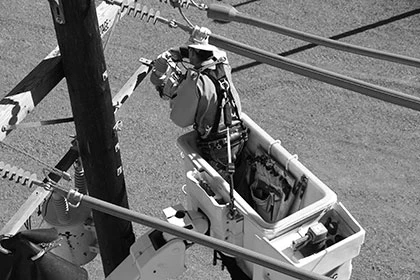
Fall Protection: The ABCs of Connecting Devices
A personal fall protection arrest system (PFAS) is comprised of three vital components: an anchorage, body wear (full-body harnesses), and a connecting device (a shock-absorbing lanyard or self-retracting lifeline). The safety of at-height workers depends on these three components, and each one...
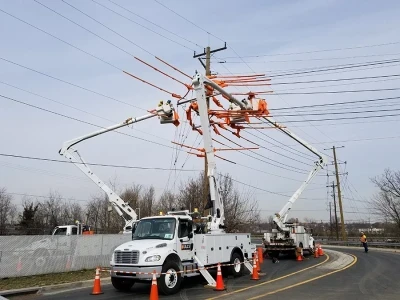
5 Ways to Improve Bucket-to-Ground Communication
Cranes, aerials and bucket trucks are common sights in construction zones and among maintenance crews around our cities. What better way to hoist materials to high places or to move workers closer to the task?When your crew includes an above-ground operator in a bucket or cab, they’re linked...
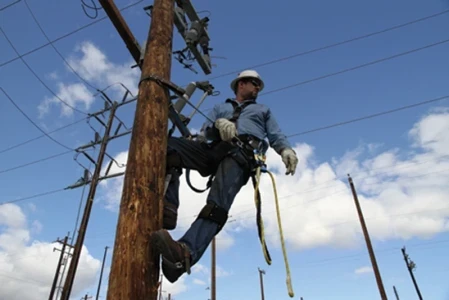
KEEPING PACE WITH SAFETY
Lineman Safety Standards are designed to create a safer work environment for linemen and communication workers. It is an ongoing mission for those of us who serve on the National Electrical Safety Code (NESC), so it’s worthwhile to highlight changes embodied in Part 4 of the recently released...
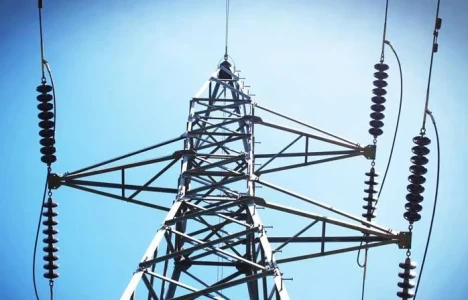
FERC Complaint Targets Duke, PJM Transmission Planning
A coalition of large energy consumers and ratepayer advocates has filed a complaint with the Federal Energy Regulatory Commission (FERC), urging the agency to prohibit transmission owners from independently planning "local" transmission projects exceeding 100 kilovolts (kV). The coalition argues...

12 Tips to Protect Against Common Lineworker Safety Hazards
Lineworkers face numerous risks daily, from respiratory ailments to electrical hazards. These dangers can result in severe injuries, low blood pressure, bleeding, and vomiting. However, by adhering to established safety protocols, contractors and employers can significantly reduce the likelihood of...
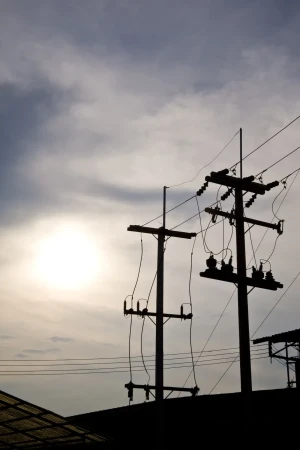
FERC Rejects PJM Transmission Planning Change
The Federal Energy Regulatory Commission (FERC) has rejected a proposal from PJM Interconnection, one of the United States' largest regional transmission organizations, to alter its transmission planning protocol. The decision represents a significant victory for state regulators who had expressed...

FERC Approves Interconnection for Talen Energy, Amazon Data Center
In a significant move that underscores the growing demand for reliable and sustainable energy to power the expanding digital infrastructure, the Federal Energy Regulatory Commission (FERC) has approved an interconnection agreement between Talen Energy, Amazon Web Services (AWS), and Exelon. This...
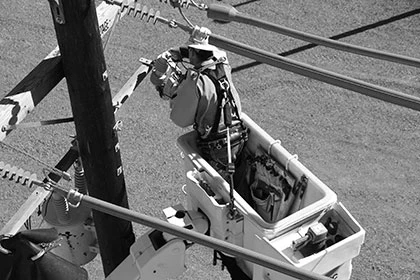
Fall Protection: The ABCs of Connecting Devices
A personal fall protection arrest system (PFAS) is comprised of three vital components: an anchorage, body wear (full-body harnesses), and a connecting device (a shock-absorbing lanyard or self-retracting lifeline). The safety of at-height workers depends on these three components, and each one...
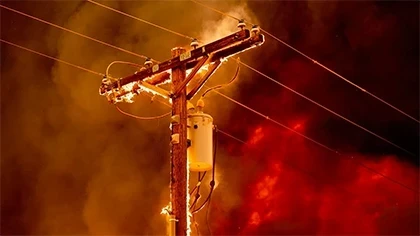
Lineman Safety during a Wildfire
If you wanted to create a recipe for disaster, the beginning of the 2021 wildfire season would be a good place to start. Nearly 90% of the western U.S. is suffering through extreme drought. The snowpack set new low levels there as well. A record-breaking heatwave steamrolled the Pacific Northwest...
